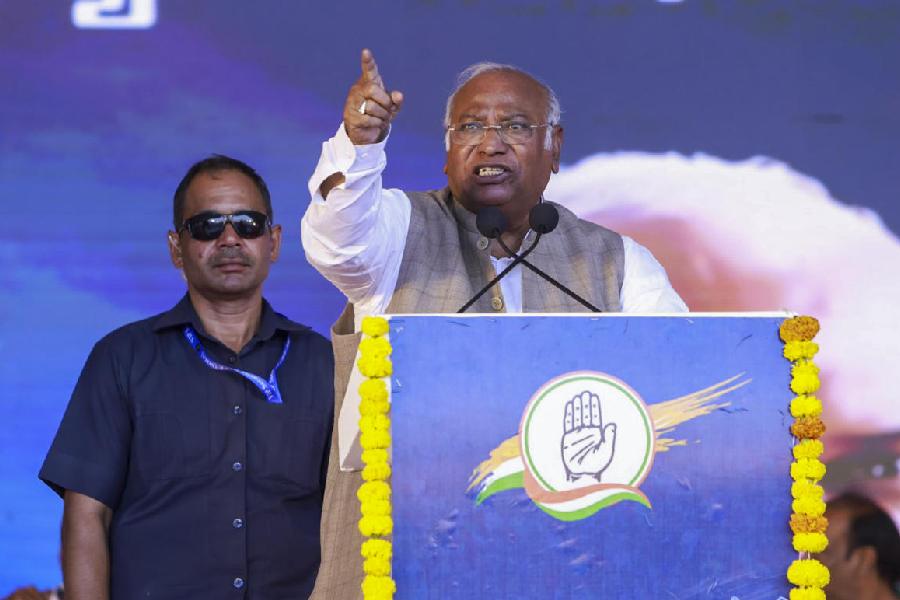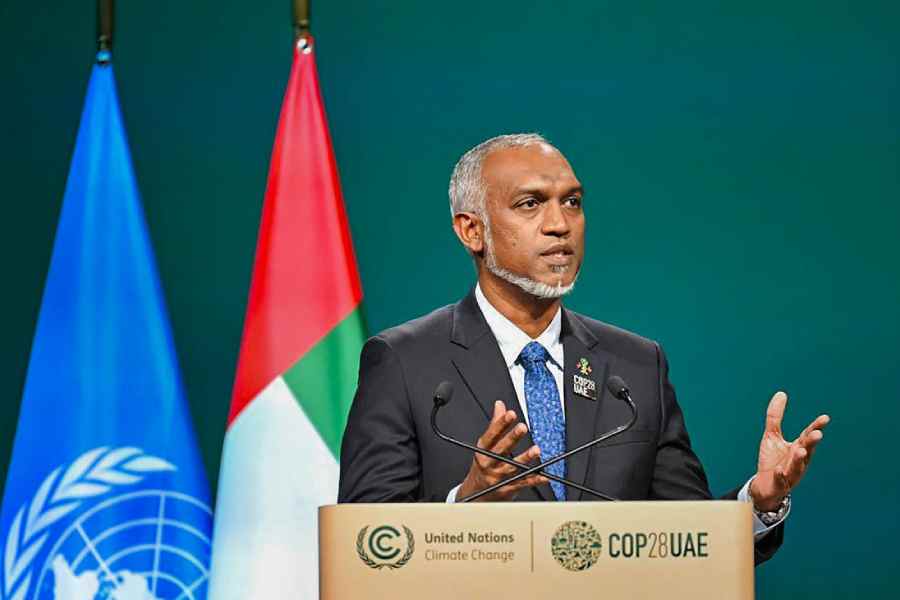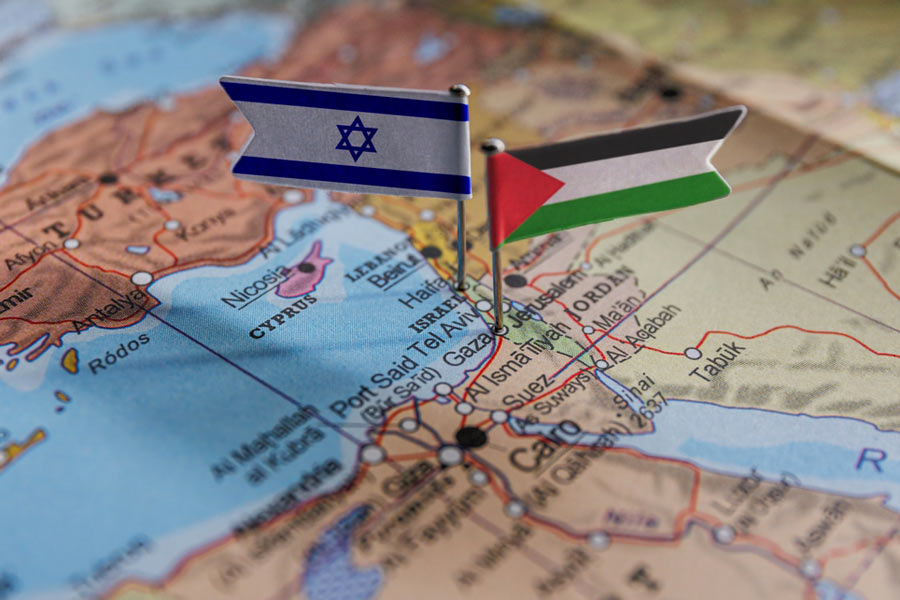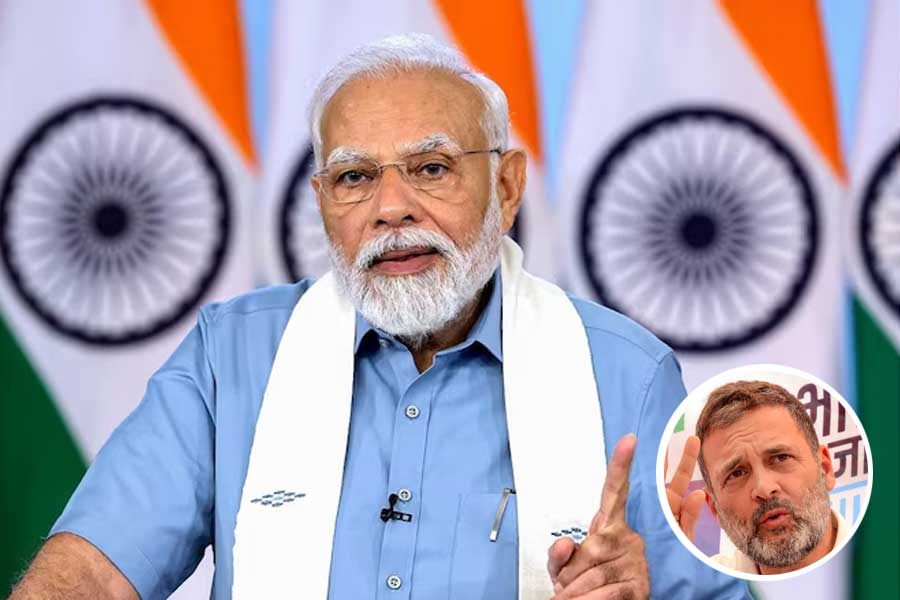 |
| The relic casket with the remains of Lord Buddha kept at Patna Museum. Picture by Ranjeet Kumar Dey |
The relic casket containing the remains Lord Buddha, kept at Patna Museum after excavation in Vaishali, would return home.
The casket, one of the eight parts of the holy relics of Lord Buddha, was given to the Lichchhavis of Vaishali. It was later enshrined at a mud stupa in the 6th century BC from where it was discovered in the late 1950s. The casket was brought to Patna Museum in 1972. Visitors have to pay a separate Rs 500 to see the relic casket.
Now, the art, culture and youth affairs department has started a bidding process to developing a Buddha Smriti Stupa, a modern pagoda, in Vaishali that would enshrine the holy relic casket.
Along with the stupa, a world-class theme museum — Buddha Samyak Darshan Sangrahalaya — would also be developed over an area of 72.94 acres. The museum would have exhibition galleries with original artefacts, 3D models and multi-media presentations, art gallery, an interpretation centre and other features.
“We have started the land acquisition process for the stupa and the new museum in Vaishali (around 55km north of Patna). The process of selecting a consultant, who would prepare the master plan and concept design of the twin structures, has also started. We would select the consultant in the next two months and six months’ time would be given to furnish the detailed project report for the development of the structures,” said a senior official in the art, culture and youth affairs department.
Vaishali enjoys rich historical significance especially with regard to Jainism and Buddhism. It was the capital of the Vajji republic, the world’s first republic with duly elected representatives, around the 6th century. Lord Buddha preached his last sermon at Vaishali too.
The relic casket to be kept at the Smriti Stupa was first discovered during an exploration of Vaishali by Patna-based K.P. Jayaswal Research Institute around 1958-1960. Bijoy Kumar Chaudhary, the director of the institute, said on Wednesday: “The relic casket was discovered by archaeologist late AS Altekar at the northern end of Baniya village near the Ruksoviya tank.”
As both Smriti Stupa and the museum would be focused on Lord Buddha’s mahaparinirvana and major incidents of his life, he would be the common theme.
The Smriti Stupa-cum-museum is proposed to be conceptualised as a hollow stupa.
The Buddha Samyak Darshan Sangrahalaya would utilise animated short films to acquaint the visitors with the heritage of Buddhism for a complete insight on Buddha. The proposed Smriti Stupa would be developed on the lines of the Global Vipassana Pagoda (stupa) in Mumbai.
The art, culture and youth affairs department official said: “The museum would utilise new methods and multi-sensory aids to make the overall experience more interactive. The initial plan envisages the use of three-dimensional models depicting eight important events and incidents in the life of Lord Buddha. Other audio-visual and multi-media inputs would also be used to enhance the exhibition gallery.”










